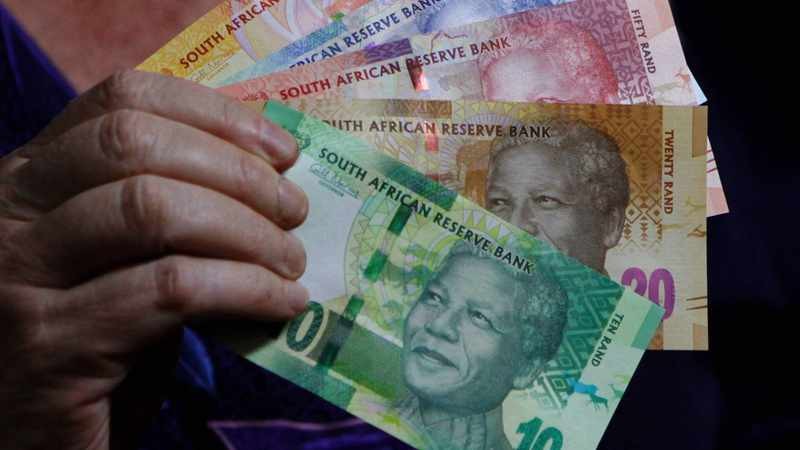Who Are On American Money - Banknotes and Coins
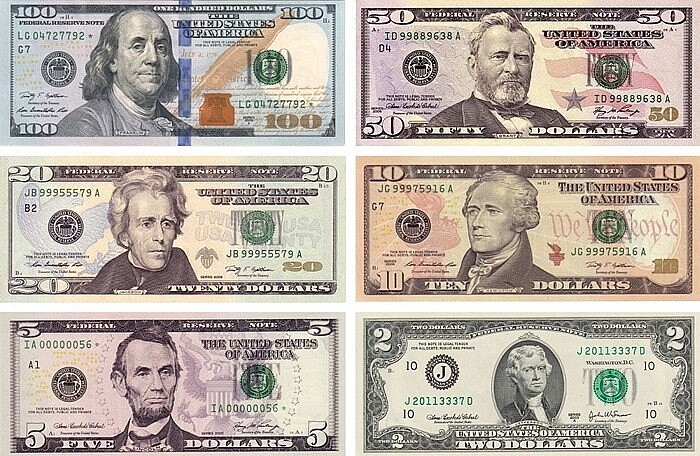 |
| Who Are On American Money Of All Time. Photo vnfinance |
| Table of Contents |
In a capitalist society, the existence of money for hundreds of years has been used as a gauge of talent and social class. In a hierarchical society, money is a measure of people's accomplishments and skills.
The highest accolade bestowed upon exceptional individuals may be the printing of their faces on banknotes and coins. The most notable Americans on American money of all time include US presidents, financial experts, and other well-known figures.
History of American Money
Perhaps only a numismatist—someone who studies or collects currency—would be willing to travel down the long and winding road that is the history of U.S. currency and the many notable people who have appeared on them.
In April 1792, the US dollar was established as the official currency of the US. The public is becoming more interested in the people they would like to see represented on their currency as the nation continues to change. In order to honor a greater range of historical symbols and personalities who have contributed to the definition of America, new designs are being considered for US coins and paper money.
Who Decides the Faces On Every US Bill?
The secretary of the Department of Treasury is the person who has the last say in whose faces appear on any U.S. bill. But aside from one conspicuous detail, it's unclear exactly what criteria are used to determine who gets printed on our paper money. All that is stated about the Treasury Department's consideration of "persons whose places in history the American people know well."
Most of the faces on our US bills meet those requirements. Salmon P. Chase is one figure that may appear obscure, but so is the currency on which he appears—the $10,000 bill that is no longer in circulation.
The design of the country's paper money was actually created by Chase first. In addition, he was the father of Kate Chase Sprague, a well-known socialite who was involved in scandal after becoming well-known during Lincoln's presidency.
| No Living Person's Face Is Allowed The face of any living person cannot appear on currency according to federal law. According to the Treasury Department, it is illegal for live people's portraits to be displayed on government securities. Rumors disseminated via social media and email over the years have stated that living former presidents, such as Barack Obama, were being considered for inclusion on US bills. |
Who are on US Bills?
$1: George Washington, first president
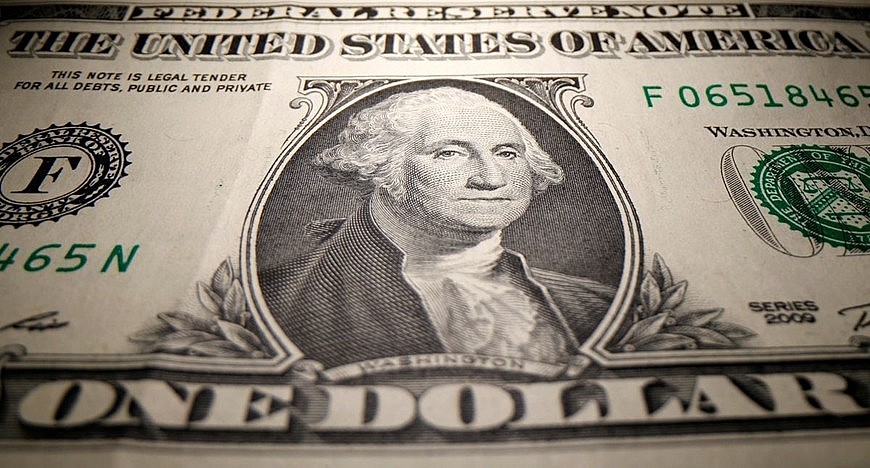 |
| Photo qdnd |
The only known criterion used by the Treasury department to determine whose face appears on a U.S. bill is "persons whose places in history the American people know well," and George Washington most definitely fits the bill.
The first president of the United States was Washington. The $1 bill features his face on the front, and the design is not intended to be altered. The $1 bill was first printed in 1862 without the image of George Washington on it. Rather, the person whose face was on the bill was Salmon P. Chase, Secretary of the Treasury. The $1 bill featured Washington's face for the first time in 1869.
READ MORE: Who Was The First President of America: George Washington's Biography, Personal Life, Fun Facts
$2: Thomas Jefferson, third president, drafted the Declaration of Independence
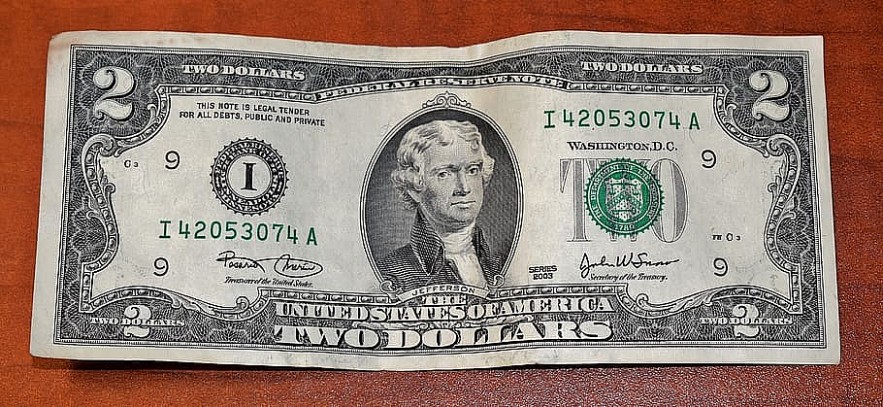 |
| Photo wallpaper flare |
The $2 bill features President Thomas Jefferson's face on the front, but it wasn't always like that. The first image on the bill, which the government first released in 1862, was that of Alexander Hamilton, the nation's first Treasury secretary. After Jefferson's face was switched in 1869, the $2 bill's front has featured his image ever since.
| Are $2 Bills Rare? While not as used as $1 or $5 bills, the $2 bill remained in production through 2017. As of 2020, the Federal Reserve estimated that there were around 1.4 billion $2 bills worth $2.8 billion. |
$5: Abraham Lincoln, sixteenth president, saved the union
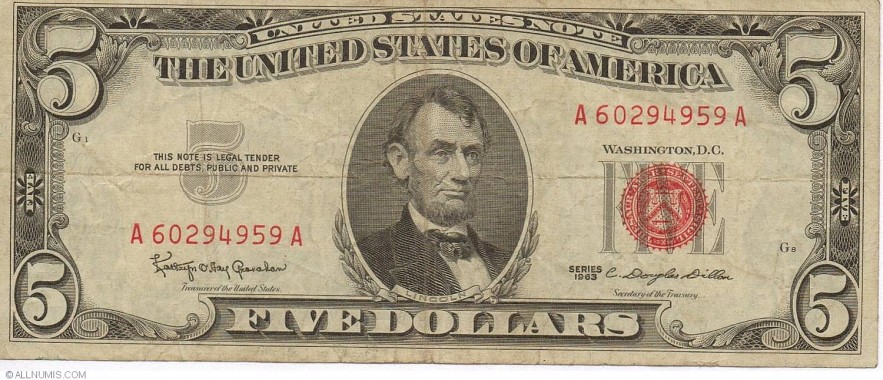 |
| Photo Allnumis |
President Abraham Lincoln's face appears on the front of the $5 bill. The bill dates back to 1914 and has always featured the 16th president of the United States, despite being redesigned several times.
$10: Alexander Hamilton, not a president, died in a duel with Aaron Burr
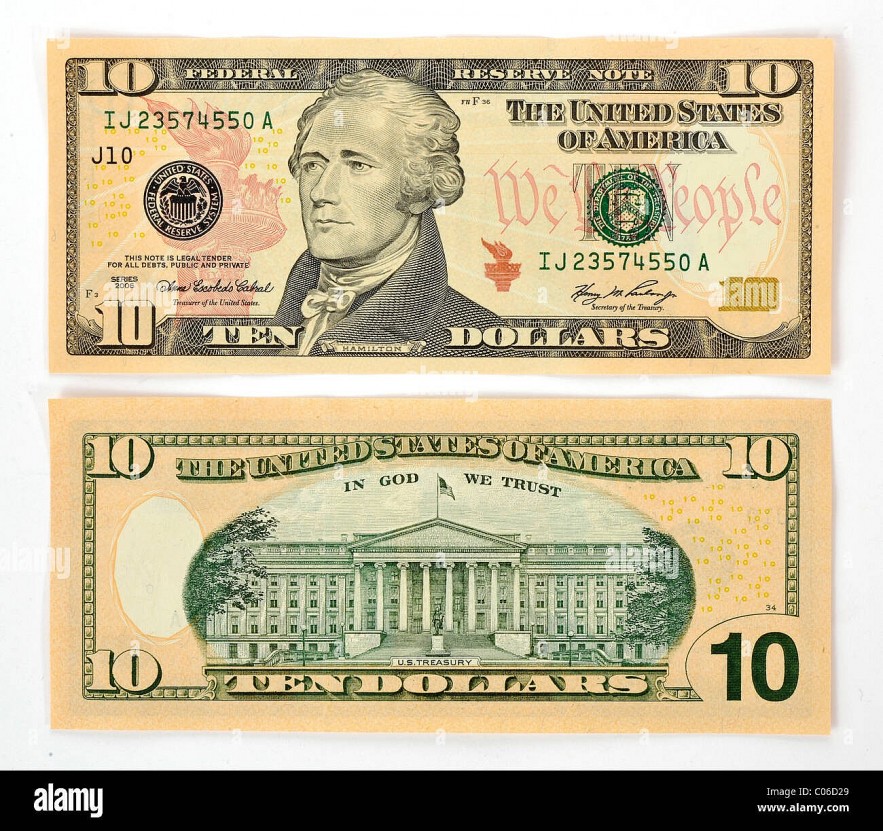 |
| Photo alamy |
The $10 bill features the face of Alexander Hamilton, a former Treasury Secretary and Founding Father. President Andrew Jackson's image appeared on the Federal Reserve's first $10 bill, which was printed in 1914. In 1929, Jackson switched Hamilton's face to the $20 bill.
The Federal Reserve Act of 1913, which established the country's central bank and permitted the Federal Reserve Bank Notes to be circulated as money in the early 20th century, was followed by the printing of the $10 bill and higher denominations. Our form of paper money, Federal Reserve notes, were later released by the Fed's board of governors.
$20: Andrew Jackson, seventh president, old hickory
 |
| Photo History |
In the early 1820s, Tubman's mother, Araminta "Minty" Ross, gave birth to her in Dorchester County, Maryland. She was taken captive at an early age and, at the age of 13, started working in the field gathering flax.
She fled when she was about 27 years old, and she made roughly 13 trips back to Maryland to free up to 70 slaves via the Underground Railroad, a system of safe houses and escape routes set up by abolitionists, both Black and White. Abolitionists were people who fought to end the practice of slavery through writing, speeches, boycotts, petitions, and in some cases, by using violent methods.
According to Tubman, she has never lost a passenger.
The 1850 Fugitive Slave Law would have forced her to return to slavery in the Deep South and subjected her to physical punishment if she had been discovered.
$50: Ulysses S. Grant, eighteenth president, civil war general
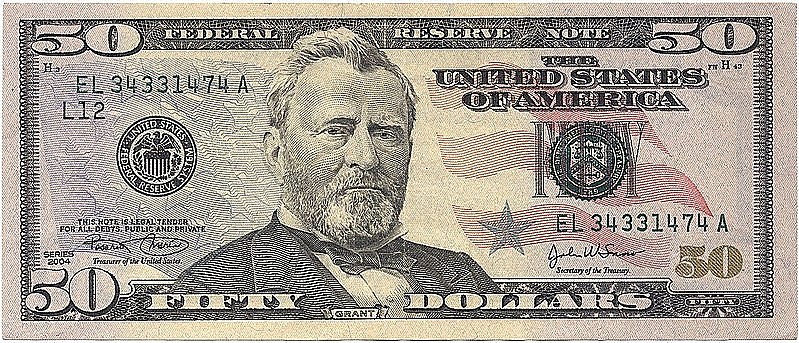 |
| Photo wikipedia |
The $50 bill, which is the second-longest-lasting USD denomination after the $100, is reported to have the second-longest lifespan by our friends at the U.S. Currency Education program.
There's an extremely intriguing Easter egg on the US dollar. Turn it over and you'll see the US Capitol Building, which appears to be a standard artwork on our nation's currency to anyone who isn't reading this article.
Few people are aware, though, that the Capitol Building has an Ulysses S. Grant monument at the foot of Capitol Hill. The Capitol Building, which is the same picture on the back of the $50 bill, is perfectly visible from where this monument is situated.
Most costly coinageWe are going to introduce our US currency to yet another superlative. The US $50 is the most costly currency, while the US $20 is the most frequently counterfeited. This means that it costs 19.4 cents to make, making it the most expensive currency to produce. In the meantime, each $100 note only costs 15.5 cents. You get it! |
$100: Benjamin Franklin, not a president, flew kites
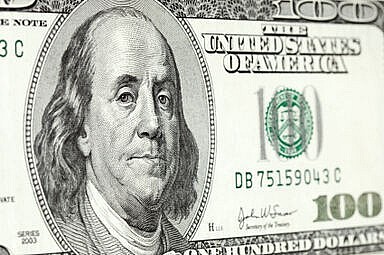 |
| Photo biography |
The cent dollar bill honors some of Benjamin Franklin's most significant contributions to American history by featuring his head. The $100 bill featuring Benjamin Franklin is the biggest denomination banknote that the US has ever issued, as of 1969.
The $100 bill, which is currently the largest value bill in circulation in the US, features Benjamin Franklin's likeness. The following are a few of the reasons he is honored on the bill.
| A Founding Father Franklin was one of our country's most significant founding fathers, if not the most. It is appropriate that his image appears on this significant bill because his contribution to the creation of the Declaration of Independence is regarded as crucial to the country's formation. |
| Not all forms of money have featured Benjamin Franklin, including the $100 bill. Between 1948 and 1963, he could be seen on the half dollar. Additionally, he was depicted on a Civil War token that had the well-known saying, "a penny saved is a penny earned," on the back. $500: The 25th president, William McKinley, was slain. The $500 bill, which is no longer in circulation, features the face of President William McKinley. The appearance of Chief Justice John Marshall's face on the $500 bill dates back to 1918. The $500 bill was phased out by the Fed and Treasury in 1969 due to low usage. The Treasury claims that even though the notes were last printed in 1945, Americans still possess them. Being one of the few assassinated presidents makes McKinley notable. In 1901, he was shot and died. |
$1,000: Grover Cleveland, 22nd president
 |
| Photo US history |
The $1,000 bill, which is from 1918 just like the $500 bill, features the likeness of President Grover Cleveland. The denomination originally featured Hamilton's face. In 1969, the Federal Reserve and Treasury phased out the $1,000 bill. The Treasury claims that even though the notes were last printed in 1945, Americans still possess them.
$5,000: James Madison, fourth president, helped write Federalist Papers
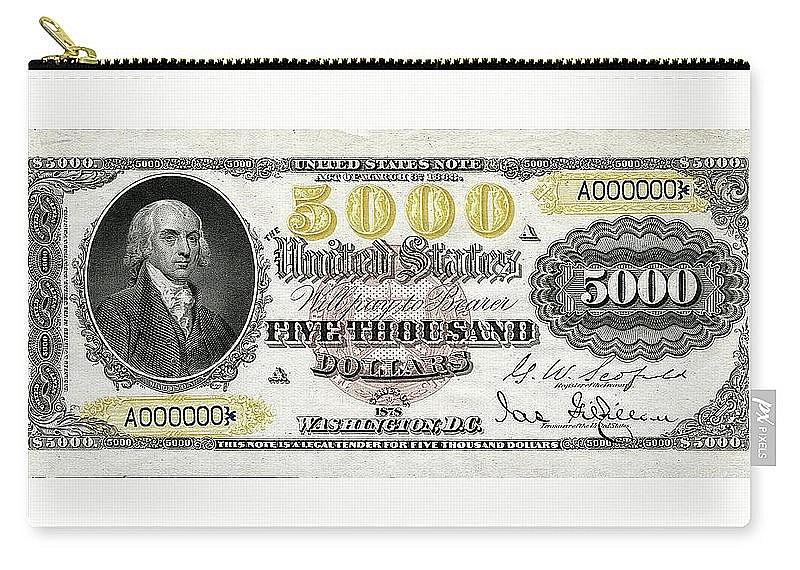 |
| Photo alamy |
James Madison was the fourth U.S. president and is often referred to as the “Father of the Constitution” because of his role in writing America’s founding documents. His portrait has been featured on the 5,000 dollar denominations of multiple series of U.S. notes.
$10,000: Salmon P. Chase, not a president, Lincoln's Secretary of the Treasury
 |
| Photo aliexpress |
The $10,000 bill was first printed in 1918 and features an image of Salmon P. Chase, a former Treasury secretary. In 1969, the Treasury and the Fed stopped issuing the $10,000 bill. The Treasury claims that even though the notes were last printed in 1945, Americans still possess them.
Among the faces on US bills, Chase, a member of the Lincoln administration, is arguably the least well-known. Having held positions as Ohio governor and U.S. senator, he was a driven politician who set his sights on the presidency in 1860. That year, he made an unsuccessful run for the Republican Party nomination. Lincoln emerged victorious and appointed his erstwhile opponent as Treasury Secretary.
$100,000: Woodrow Wilson, 28th president, served during WWI
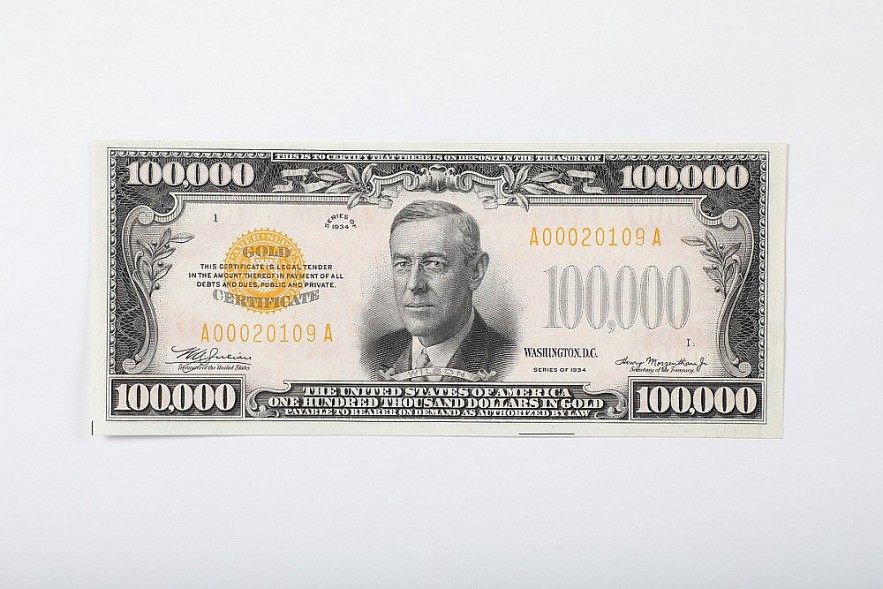 |
| Photo americanhistory |
The largest bill the US Federal Government has ever issued is the $100,000 bill. It was printed in 1934 with the intention of being used primarily as an accounting tool amongst Federal Reserve branches. Owning thisbanknote by a private person is prohibited.
Who Are On American Coins?
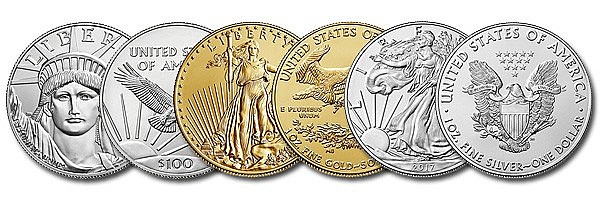 |
| Photo Knohl |
| Rank | Currency Name | Amount | Obverse Image | Reverse Image (2017) |
|---|---|---|---|---|
| 1 | Penny | $0.01 | Abraham Lincoln | Union Shield |
| 2 | Nickel | $0.05 | Thomas Jefferson | Monticello |
| 3 | Dime | $0.10 | Franklin D. Roosevelt | Torch, oak branch, olive branch |
| 4 | Quarter | $0.25 | George Washington | America the Beautiful Quarters |
| 5 | Half dollar | $0.50 | John F. Kennedy | Seal of the President of the United States |
| 6 | One dollar coin | $1 | Each deceased President | Statue of Liberty |
Abraham Lincoln on the Penny
In 1909, the front of the one-cent piece featured a profile view of Abraham Lincoln, which debuted nearly 120 years after the first American penny was struck and 44 years after his assassination. During the Civil War, Lincoln presided as our sixteenth president. After leading the Union's campaign to defeat the Confederacy, he advocated for the abolition of slavery by issuing the Emancipation Proclamation.
One century after Lincoln's birth, the first Lincoln penny was released. (Although Lincoln did not live to see his image appear on the penny, he did live to witness the 13th Amendment's ratification by Congress on January 31, 1985, which effectively outlawed slavery in the United States.)
According to the U.S. Treasury Department, "public sentiment stemming from the 100th anniversary celebration of Abraham Lincoln's birth proved stronger than the long-standing prejudice." However, there was previously strong sentiment against using portraits on coins.
The sculptor Victor David Brenner was commissioned by President Theodore Roosevelt to redesign the penny featuring Abraham Lincoln's likeness. August 1909 saw the coin's public release.
Thomas Jefferson on the Nickel
In 1938, the nation's five-cent coin debuted with a likeness of Thomas Jefferson, the third president and author of the Declaration of Independence. The Buffalo nickel was replaced by this five-cent coin. Five years prior to the bicentennial of his birth, the Jefferson nickel was released by the U.S. Mint.
Felix Schlag, an artist, was selected by the Treasury Department to design the coin. History.com claims that Schlag drew inspiration for his left-facing profile of Jefferson wearing a wig and period-appropriate coat from a marble bust created by French artist Jean-Antoine Houdon. Originally, the reverse of the coin showed Monticello, Thomas Jefferson's estate in Virginia.
The Thomas Jefferson Encyclopedia points out that the 1938 coin was not the first to feature a portrait of Thomas Jefferson on American coinage. His image was on the $2 bill in 1869.
Franklin D. Roosevelt on the Dime
In 1946, the image of Lady Liberty on the 10-cent coin was replaced with the likeness of Franklin D. Roosevelt, our 32nd president. It was a year following FDR's passing.
During the Great Depression and World War II, two of the hardest periods for the United States, FDR served. Among the achievements made during his administration is the New Deal, a set of policies intended to assist in bringing the United States out of the Great Depression. One of the main initiatives of the New Deal was the Social Security system.
There is still debate over who created the picture of FDR on the front of the dime. John Sinnock, the chief engraver of the U.S. Mint from 1925 to 1947, is credited by some. Some give Selma Burke, a sculptor, credit.
George Washington on the Quarter-Dollar
The front of the US 25-cent coin features a picture of George Washington, the country's first president. In 1932, the Washington quarter was first produced by the U.S. Mint in honor of the 200th anniversary of his birth. The famous picture of Washington was created by sculptor John Flanagan, according to CoinWeek.
After leading the Continental Army in the Revolutionary War and presiding over the Constitutional Convention, Washington was elected president in 1789. The two-term president "played an essential part in shaping the role and function" of the presidency, according to the website for Mount Vernon, Washington's estate in Virginia.
John F. Kennedy on the Half-Dollar
A coin representing John F. Kennedy, the 35th U.S. president, was conceived the day of his assassination, according to the National Museum of American History. JFK was shot to death on Nov. 22, 1963, while riding in a motorcade in Dallas.
Within hours of the assassination, Mint Director Eva Adams spoke with Chief Engraver Gilroy Roberts about depicting Kennedy on a coin, the museum reports. First Lady Jacqueline Kennedy chose the half-dollar for the denomination of the commemorative coin. Roberts designed the front of the coin, and Assistant Engraver Frank Gasparro designed the back.
The design change required Congress’s authorization, since law did not allow coinage designs to be changed more often than 25 years (and the current half-dollar was only 15 years old).
What U.S. Coins Are No Longer in Circulation?In addition to discontinued dollar bills, the U.S. mint has also stopped producing certain coins over time as they have lost value or usability. These include: -half-cent coins, minted from 1793-1857 -two-cent coins (1864-1872) -three-cent coins (1851-1889) -half-dimes (1792-1873) [later replaced by nickels] -twenty-cent coins (1875-1878) Dollar coins: -Gold dollar coins (1849-1889) -Eisenhower dollar (1971-1978) -Susan B. Anthony dollar (1979-1981) |
The designs of American coins and paper money are dominated by presidents. By examining the faces on US coins and bills, we can gain an understanding of the country's lengthy and turbulent history.
 10 Most Valuable Cryptocurrency In The World 10 Most Valuable Cryptocurrency In The World Cryptocurrency is digital money that isn’t managed by a central system like a government. Instead, it’s based on blockchain technology, with Bitcoin being the ... |
 What is Diem: Facebook’s New Libra Launch What is Diem: Facebook’s New Libra Launch Facebook moves closer to launch of its own cryptocurrency. What is this new coin, Diem? Here are everything you need to know. |
 What Are the Most Popular Cryptocurrencies In Germany? What Are the Most Popular Cryptocurrencies In Germany? Check out the top 10 most popular cryptos and how you can trade cryptocurrency in Germany. |



